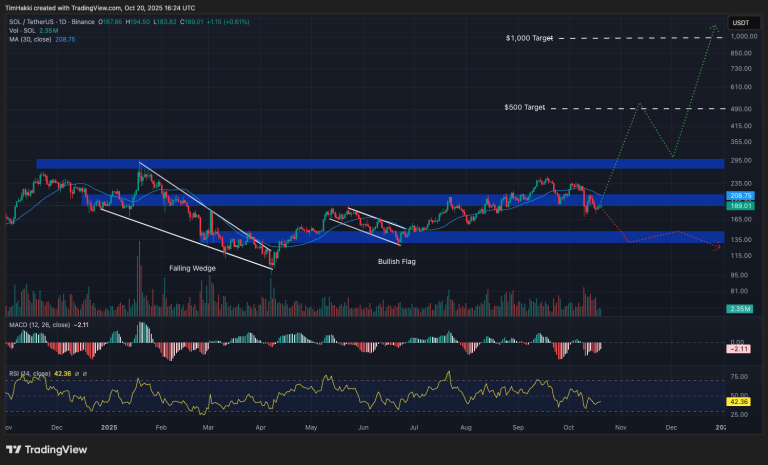
Older Americans are losing money to imposter scams at an alarming rate, with losses and case numbers surging to record highs, according to new data from the Federal Trade Commission (FTC).
Key Takeaways:
- FTC data shows seniors’ imposter scam losses hit $700M in 2024, up 362% since 2020.
- Scammers pose as trusted officials or companies and trick victims into moving funds for “safety.”
- Losses over $100K surged more than 700%, with many cases wiping out entire life savings.
The scams often begin with a fabricated crisis and a convincing impersonation.
Fraudsters pose as trusted figures, including bank employees, tech support from companies like Apple or Microsoft, or representatives from agencies such as the Social Security Administration or even the FTC itself, claiming they can help fix the problem.
Imposter Scams Convince Victims to Transfer Funds for Safety
Victims are persuaded to transfer funds “to keep them safe” or for other fabricated reasons.
In 2024, the FTC received 8,269 reports from Americans aged 60 and older who each lost at least $10,000 to such schemes.
That figure is up 362% from the 1,790 reports logged in 2020. Total reported losses for this age group reached $700 million last year, more than five times the $122 million reported in 2020.
In some cases, the losses wiped out entire life savings, including emptied bank accounts and cashed-out 401(k)s.
Losses among seniors who reported losing $100,000 or more grew even faster, climbing to $445 million in 2024 from $55 million in 2020, a jump of more than 700%.
The FTC notes that these figures likely understate the real damage, as older victims are often less likely to report fraud out of embarrassment, uncertainty over how to file a complaint, or even unawareness that they’ve been scammed.
The trend mirrors a broader rise in elder fraud reported by the FBI. The bureau’s Internet Crime Complaint Center recorded $4.9 billion in losses from nearly 147,127 consumer complaints in 2024, a 43% increase in total losses and a 46% rise in complaints compared with the previous year.
According to the FTC, seniors are three times as likely as younger adults to report losses exceeding $100,000.
The agency urges vigilance: never move money at the request of someone claiming to “protect” it, hang up and verify any suspicious call through official contact details, and explore call-blocking tools to stop scammers before they connect.
Investor Loses $3M in Crypto Phishing Scam
As reported, a cryptocurrency investor has fallen victim to a phishing scam, losing $3.05 million in Tether (USDT) after unknowingly signing a malicious blockchain transaction.
The loss, flagged by blockchain analytics platform Lookonchain on Wednesday, underscores the rising threat of phishing attacks targeting digital asset holders.
The attacker exploited a common habit among crypto users: validating only the first and last few characters of a wallet address while ignoring the middle.
Crypto investors lost over $2.2 billion to hacks, scams, and breaches in the first half of 2025, driven largely by wallet compromises and phishing attacks, according to CertiK’s latest security report.
Wallet breaches alone caused $1.7 billion in losses across just 34 incidents, while phishing scams accounted for over $410 million across 132 attacks.





